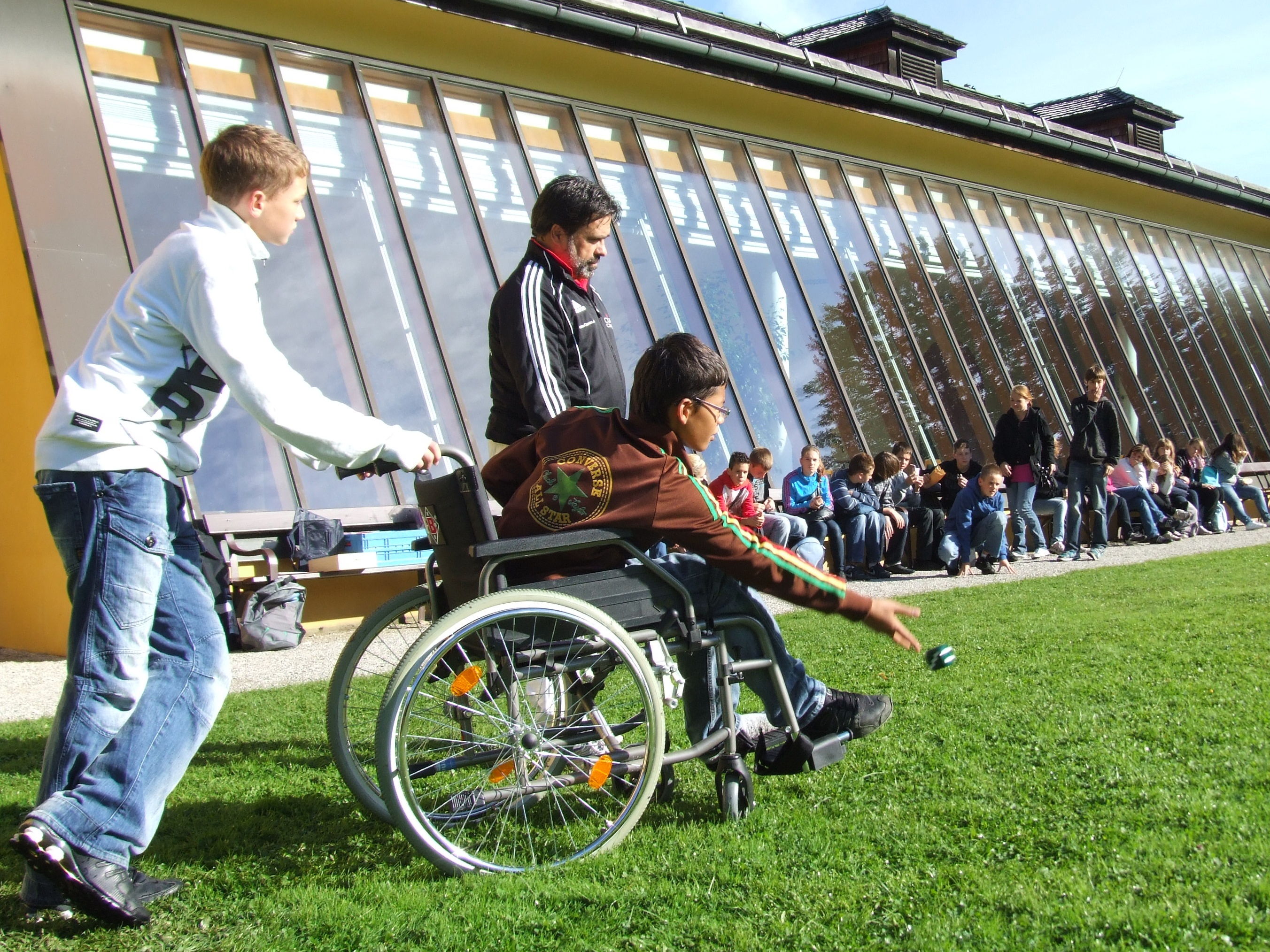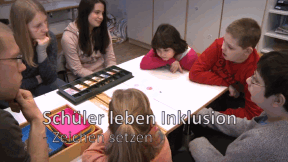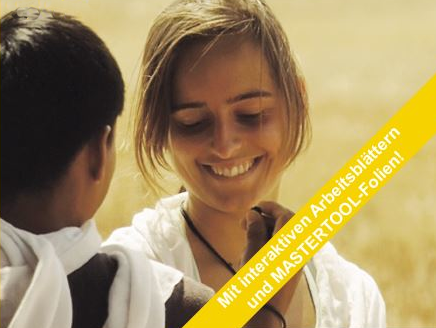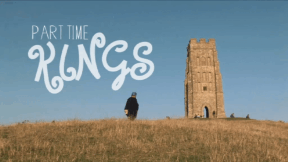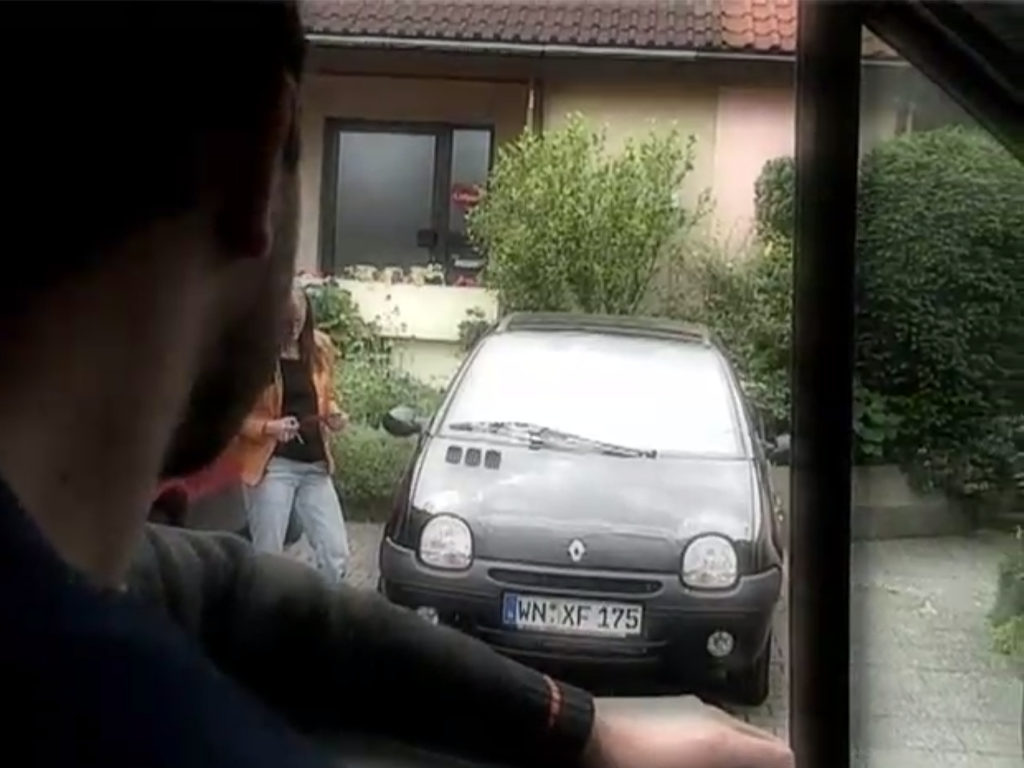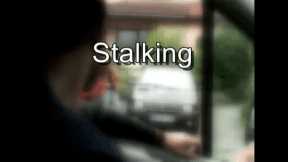 Geography
Geography
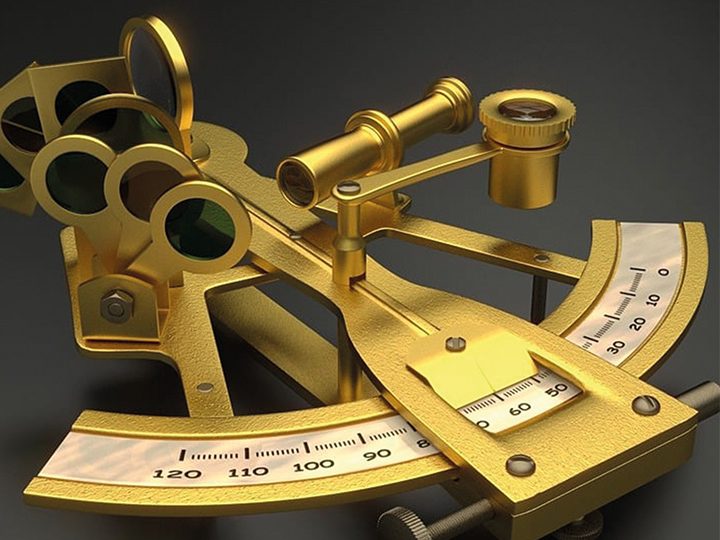
46505057 / 55504937
Navigation
Vom Sextanten zum Satelliten
Die Geschichte der Navigation findet ihren Ursprung in der Seefahrt. Während die Menschen einst ihre Erfahrungen mit Sonne, Mond und Sternen mündlich überlieferten, begannen sie im 13. Jahrhundert mit den ersten Aufzeichnungen. Der Film beschreibt den Weg der Navigation mit dem Beginn der Erfindung des Jakobsstabs als erstes Messgeräts und Vorläufer des Sextanten bis hin zu künstlichen ins Weltall geschossene Satelliten. Auf der Basis der zwei- und dreidimensionalen Triangulation beschreibt er die Entwicklung beispielsweise der Landvermessung oder GPS-Systeme. Neben der praktischen Anwendung wird jedoch auch die kritische Frage beleuchtet, inwieweit der angeborene Navigations- und Orientierungssinn bei Vögeln oder auch dem Mensch durch den Einsatz der künstlichen Navigationssysteme beeinträchtigt werden kann.
Play trailer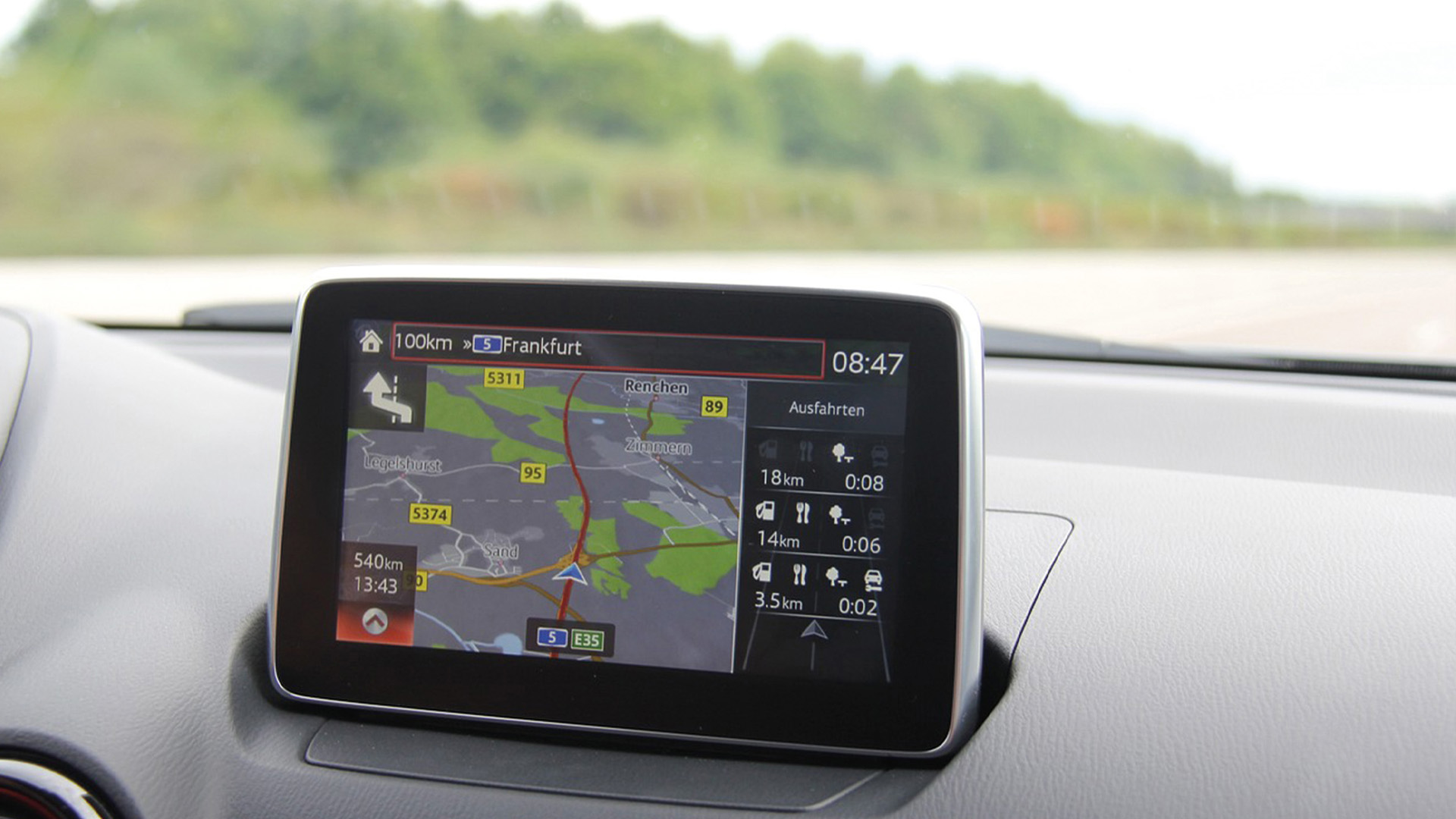
Curriculum-centred and oriented towards educational standards
Matching
Pupils Practise Inclusion
When people come together, no matter under what concomitant circumstances – ultimately, it is about how these people meet and how openly they interact with one another.




